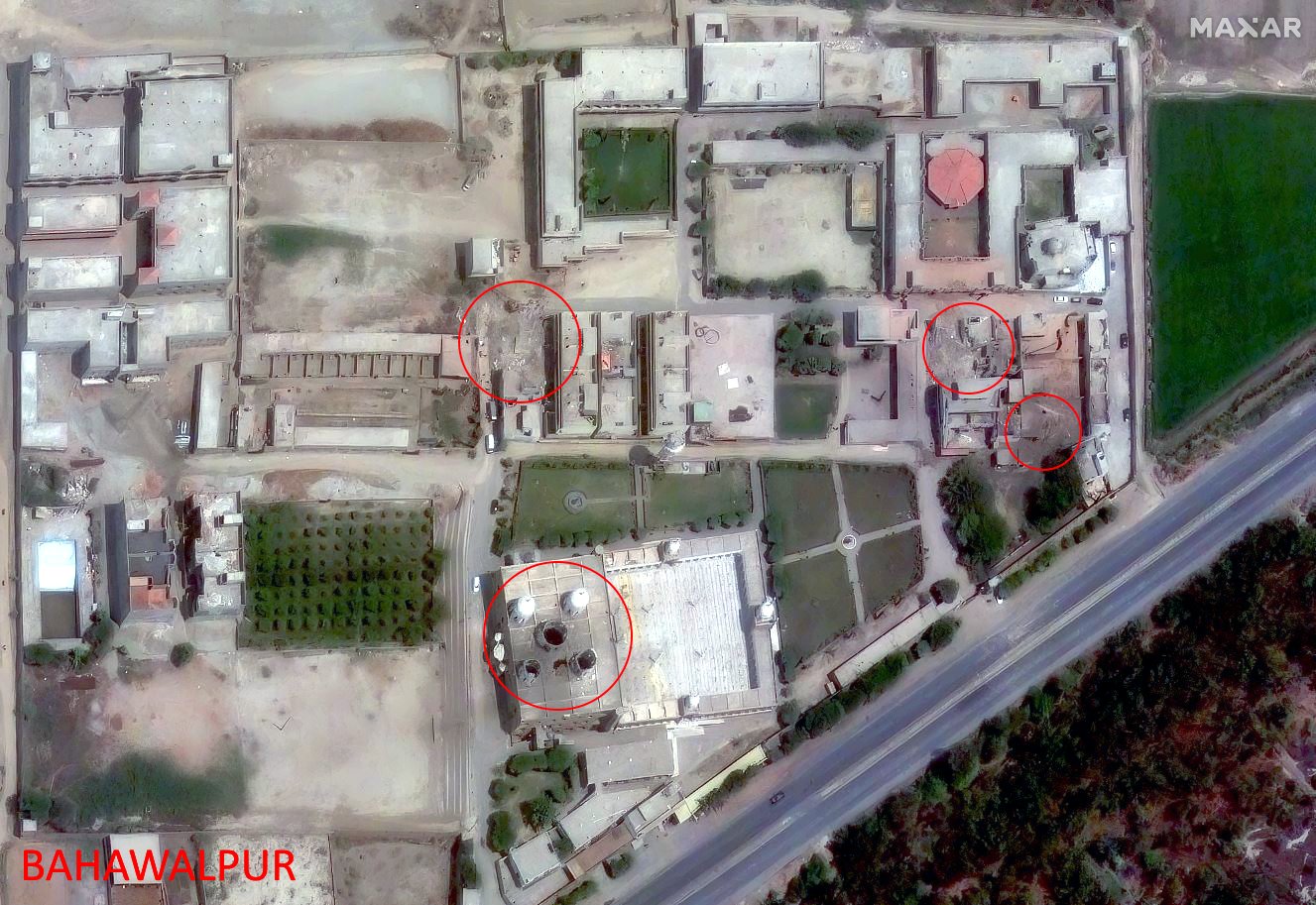As India turns 75, here are 11 charts to assess how far the country has come as an economy and how far further it has to go.
There are two ways to look at India’s performance on any variable. One is to look at India’s trajectory — and understand what has been achieved since attaining Independence from the British. The other is to compare India's trajectory and its current state with some other countries. The choice of countries is influenced by several factors. Some countries have been chosen since they are the global benchmarks while others because they are in some ways comparable to India. Availability of data has also been a factor. All charts are sourced from Our World In Data.
1. Gross Domestic Product (GDP)
Chart 1 maps the absolute value of real (that is, adjusted for inflation) GDP. On its own, India has done well to grow its GDP and it is now just a matter of months when India goes past its colonial masters. However, China’s graph is a reminder of what India could have achieved. The important point to note is that China and India had reasonably comparable GDPs in the 1970s and 80s. But since then China just leapfrogged. Within a couple of decades, China's GDP became twice the size of India’s.

Chart 1
2. GDP per capita
The second variable to look at is GDP per capita. This provides a more realistic comparison because it divides a country's GDP by the population of that country. Unsurprisingly, as Chart 2 shows, China is now far behind the United Kingdom and South Korea, while India is just next to Pakistan even as Brazil soars past.

Chart 2
There is another way to calculate GDP per capita. That is to look at it in terms of purchasing power parity (using a hypothetical currency called “international-$”). However, as Chart 3 shows, India’s relative positioning doesn’t change much.

Chart 3
3. Median Income
While GDP per capita tells us the average income of an Indian, it does not capture the full extent of the inequality. As against an arithmetic mean, the median divides the whole population into two equal parts. The median income (also in international-$) thus gives us the income level that is earned by half of India. As Chart 4 shows, India’s graph of median income is almost flat — suggesting that even though overall GDP has grown rapidly, the inequalities have also increased because the incomes of the poorer half of India have barely improved in comparison to the incomes of the top half.

4. Proportion of extremely poor
Chart 5 tracks what happened to the share of India’s population that was living in extreme poverty, which is defined as living below two international dollars a day. By itself, India has done well, bringing down this share from almost 60% to around 10%. But most other comparable countries have done even better. China and Indonesia, in particular, have brought about a remarkable change.

Chart 5
That is why India is home to the most number of poor people in the world (see Chart 6). The data for this is almost a decade old but part of the problem is that India has not bothered to assess the level of poverty for over a decade.

Chart 6
Chart 7 shows the data deprivation that India suffers. For any country to eliminate poverty, it must figure out ways to measure it. Indonesia, for instance, collects 10 poverty surveys every decade.

Chart 7
5. Human Development Index
The end goal of higher GDP and faster economic growth is to have better human development parameters. Chart 8 maps how India performed on HDI, which is a composite of health, education and standard of living parameters. Arguably, one of Independent India’s best achievements is the increase in life expectancy — or the number of years a newborn is expected to live.

Chart 8
As Chart 9 shows, in India’s case, this number has gone from around 40 years to 70 years.

Chart 9
6. Undernourished population
As India looks ahead, there are several concerns facing policymakers. One, of course, is to reduce the number of people living in extreme poverty. A related concern is to improve the nourishment level of Indians. Chart 10 lays out the total number of people who are classified as undernourished in a country. Much like the absolute number of poor, this number too is unacceptably high.

Chart 10
7. Economic empowerment of women
Chart 11 shows the abject level of women’s involvement in India’s economy. Far from improving, the proportion of employed women has fallen sharply since 2005. For India to achieve its potential — be it in the form of increasing its GDP or reducing its poverty and inequality or improving its HDI — policymakers have to engender conditions for Indian women to achieve their full potential. This chart reflects both the main hurdle as well as the main solution for India’s rise.

Chart 11
Happy Independence Day!

No comments:
Post a Comment